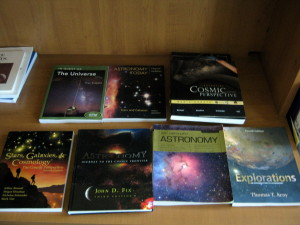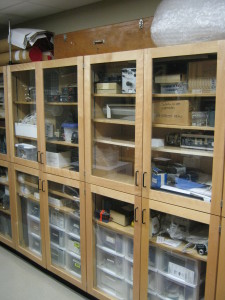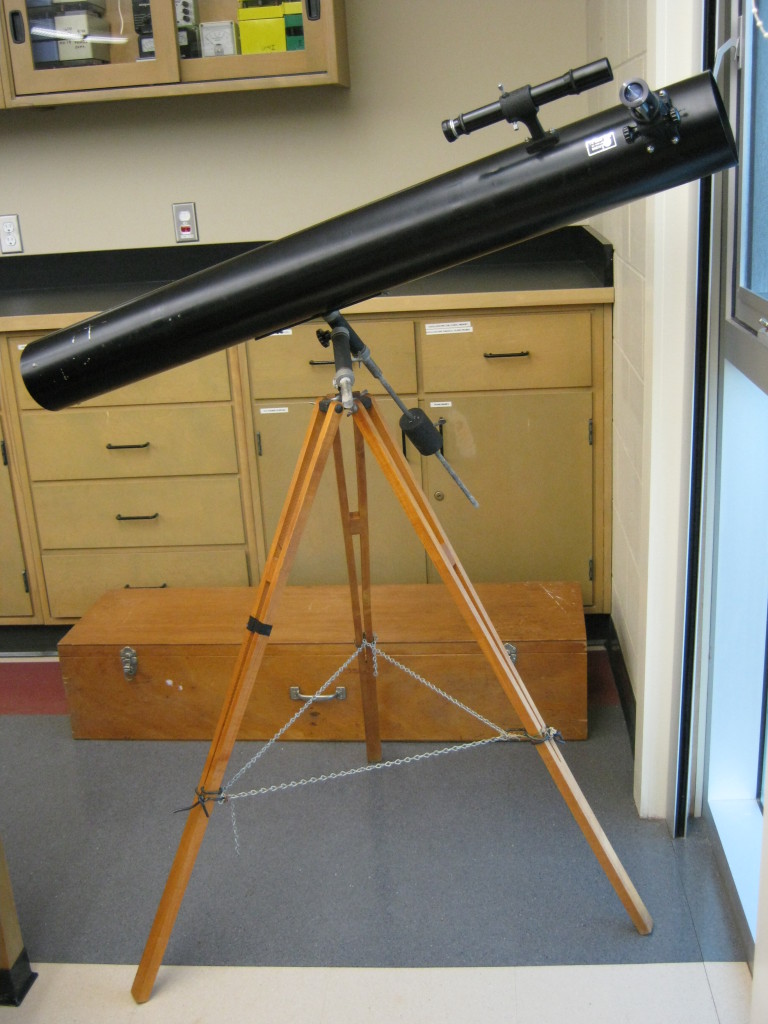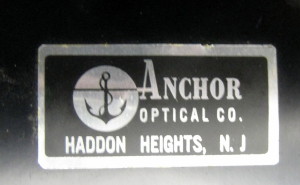The weather in PEI can change quickly and frequently involves clouds, all of which can make it tricky to see the stars. A quick look at our list of past Public Viewings shows that we end up cancelling about half of the time because of uncooperative weather.
Forecasts offered by weather services can be pretty brief so it can be difficult to figure out at what time on what night the sky may be clear enough for some astronomy.
Fortunately, there is an astronomer’s forecast provided free by Clear Dark Sky. This forecast interprets local Environment Canada data through an astronomy perspective. The forecast for Charlottetown is shown below.

There is detailed information on the forecast website about how to interpret all the information provided in the above forecast, but lets just go over the basics.
The day of the week and time of day (to be read vertically in a 24-hour format) are provided above all the coloured squares. A thick red line separates one day from another.
The “Cloud Cover” line is the most important for naked-eye sky viewing. You won’t be able to see the sky if there’s clouds in the way! A white square for a particular hour indicates cloud cover whereas a dark blue square indicates no clouds. Colours in-between represent partial cloud cover.
The “Darkness” line tells you when it will be dark enough for viewing (with no accounting for local light pollution). Darkest sky will be represented by black squares. On moonlit nights, you will see light blue to deep blue squares, depending on the fullness of the Moon.
So now, at a glance, you can tell what’s the best time of night to head out to do some star or planet gazing.









